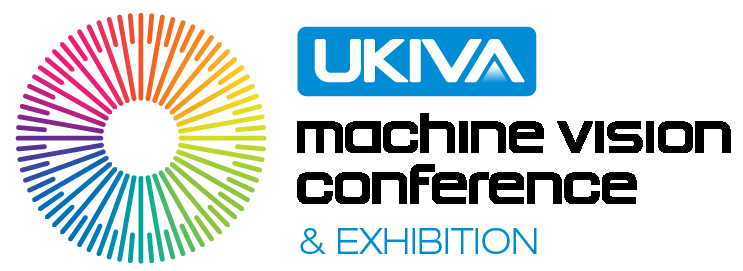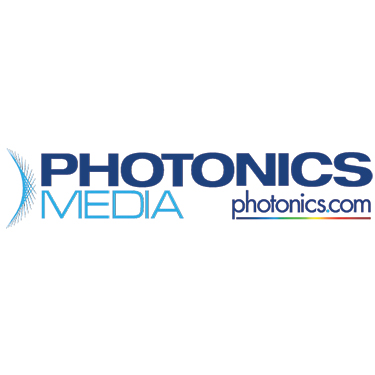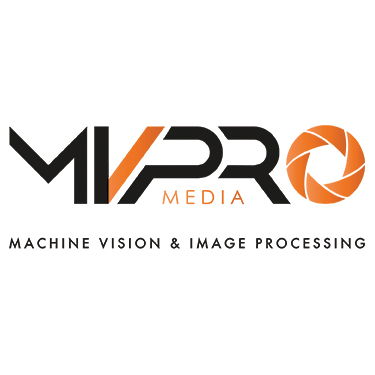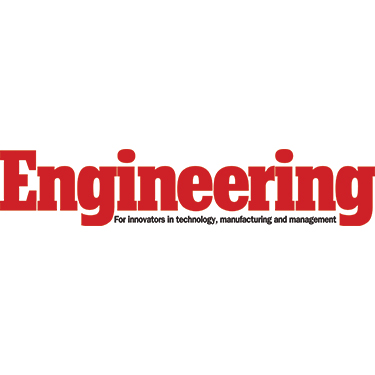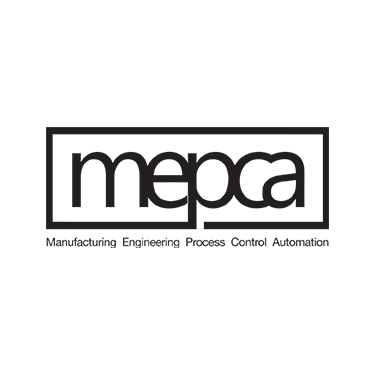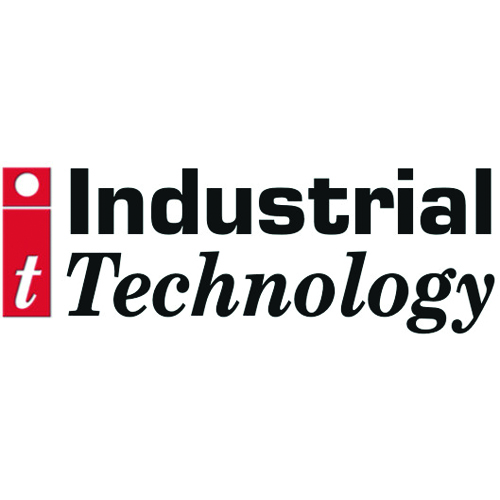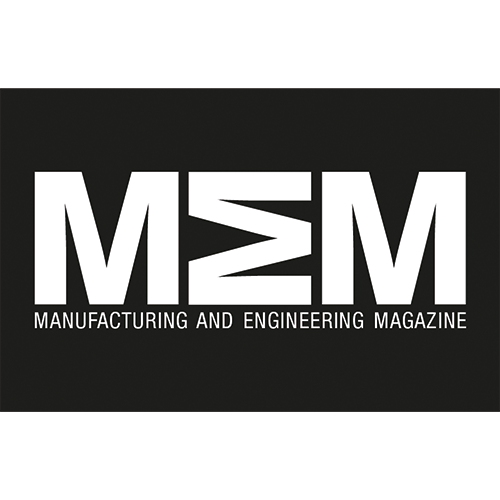Solar Power
The solar energy market is one of the newest markets to benefit from vision. Solar power is a clean and attractive alternative source of electricity, so there has been an increasing demand for photovoltaic modules to be cheaper and become more efficient at solar energy conversion. Solar cells are crystalline silicon devices and a variety of imaging techniques can be used during manufacture. Cell breakages resulting from microcracks, degradation and shunted areas on cells are proven to cause major problems and affect module performance. Many such defects cannot be observed with conventional imaging systems. However a measurement method known as the Electroluminescence (EL) imaging is providing a solution.

Electroluminescence imaging
EL imaging consists of applying a direct current to the solar module and measuring the photoemission using an NIR camera. The system is able to accurately detect numerous failures and ageing effects in very short times. Based on the severity of the defects, the cell will either be accepted or rejected. In addition, the amount of light a cell generates for a given applied current can also serve as a measure of the solar cell’s conversion efficiency.
Edge isolation
Edge isolation is used to provide electrical separation between the active front side of a solar cell and the rear side. In the edge isolation process, a laser cuts a small groove along the cell edges, the depth of the groove depending on the cell doping. The groove needs to be positioned as close as possible to the outer contour of the cell in order to maximise the active surface and thus the efficiency. By using a line scan camera and customised LED illumination to measure the outer contours of the cell and feed them back to the control system of the laser, the edge cutting can be carried out automatically to within preset tolerances.
